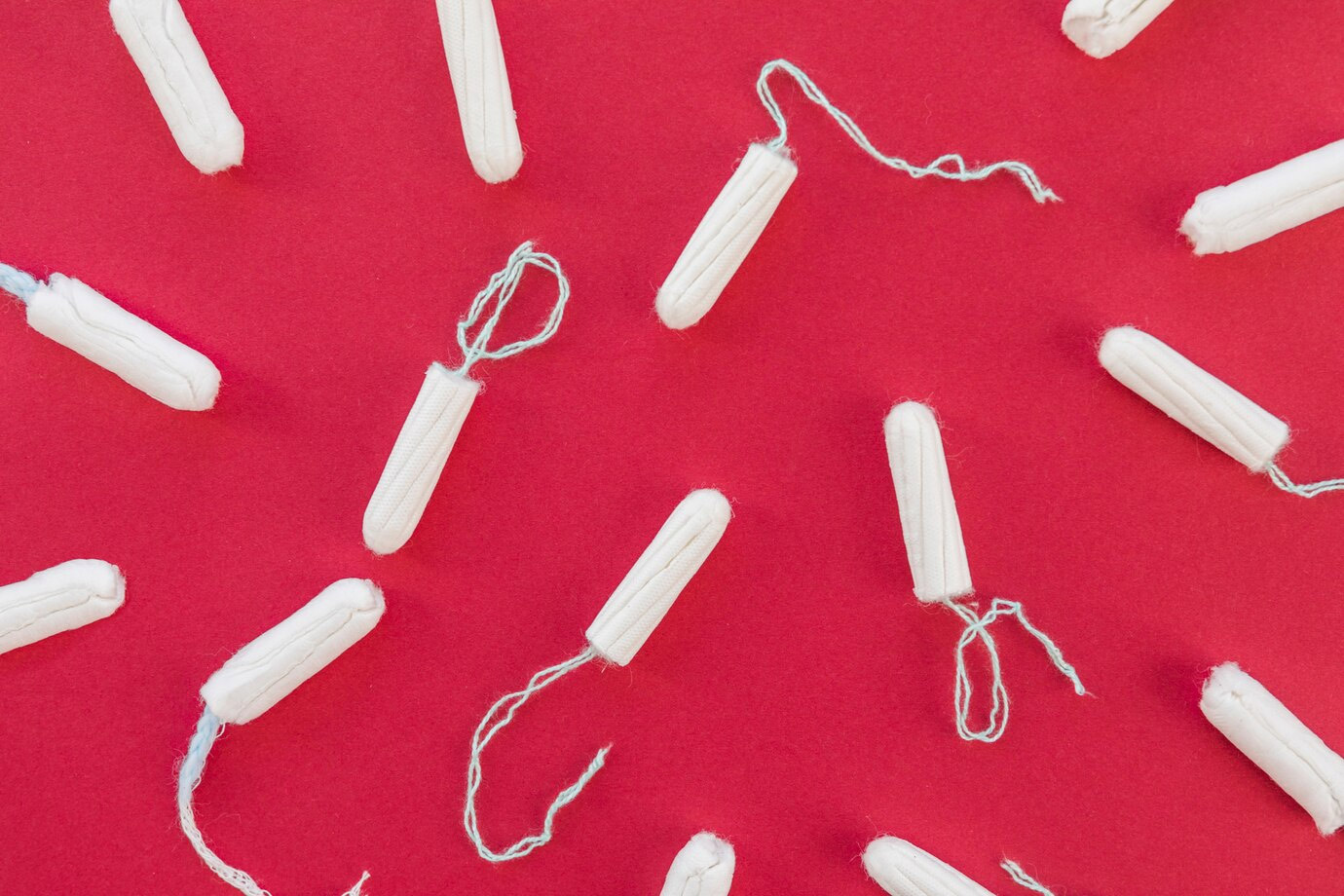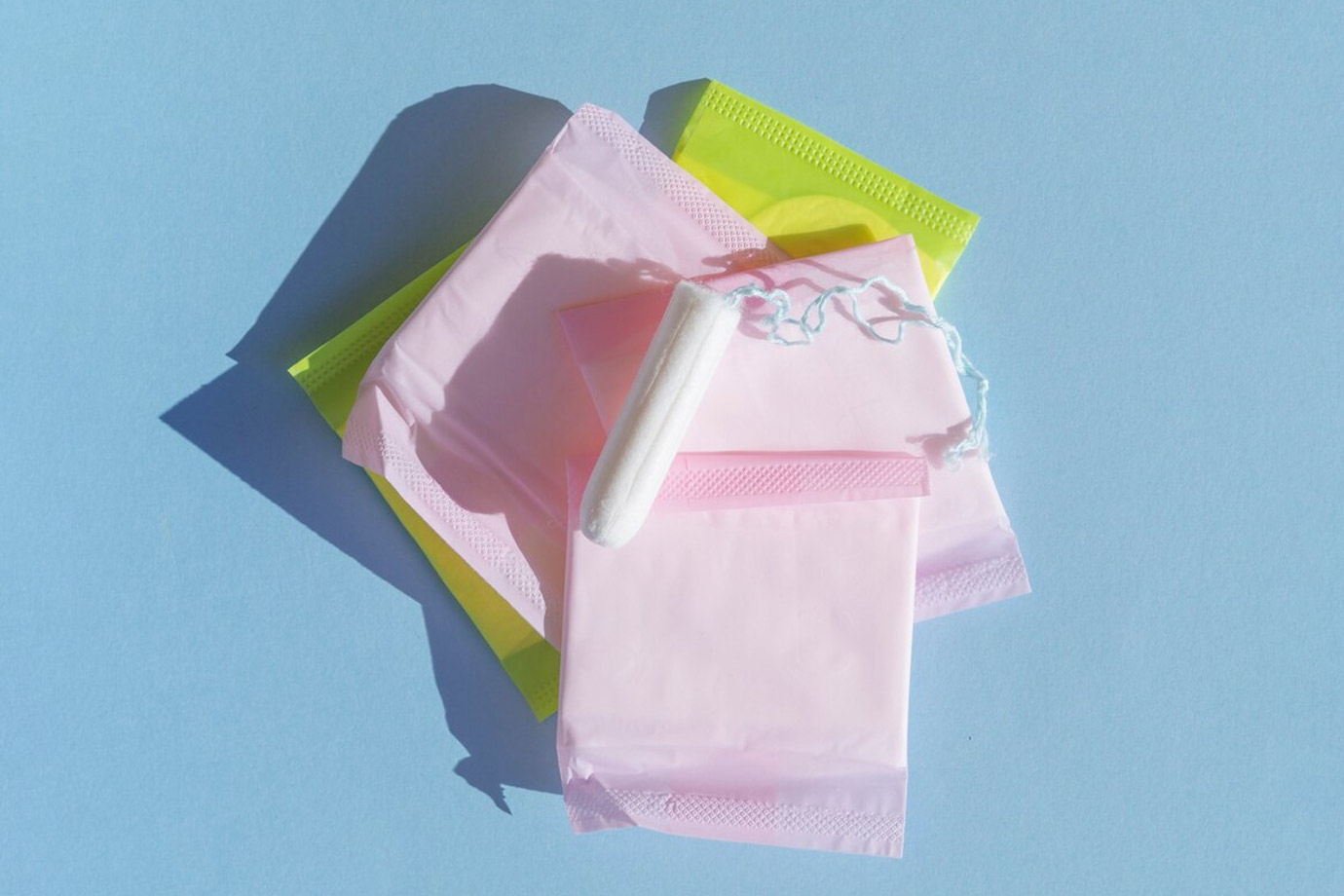
Pads and tampons are among the most widely used and effective options for managing menstrual flow. While the debate over which one is better continues, the more important question is: How long can you safely wear a pad or tampon? Is it harmless to wear them for an extended period, or could it pose health risks? To gain deeper insights into this, we spoke with Dr Pinky Sankhla, MBBS, MS, Consultant at Ujala Cygnus Group of Hospitals.
Failing to change menstrual products like pads or tampons regularly can lead to serious health risks, including infections, irritation, and in rare but severe cases, Toxic Shock Syndrome (TSS).
According to Dr Sankhla, wearing a tampon or pad for too long creates a warm and moist environment, making it an ideal breeding ground for bacteria and fungi. This significantly increases the risk of vaginal infections, urinary tract infections (UTIs), and yeast infections. Additionally, prolonged use of pads can cause skin irritation, rashes, and discomfort due to friction and moisture buildup.

Though rare, TSS is a life-threatening condition caused by bacterial toxins entering the body, often linked to extended tampon use. Dr Sankhla said, “Symptoms include high fever, nausea, dizziness, and a rash resembling sunburn. To minimise the risk, tampons should be changed every four to eight hours, and the lowest absorbency necessary should be used.”
Beyond health concerns, infrequent changes of menstrual products can also result in unpleasant odour, leakage, and poor hygiene. Many individuals are now opting for reusable pads, which are eco-friendly and gentler on the skin. Maintaining good menstrual hygiene is crucial for overall well-being and comfort.
Also watch this video
Don't Miss: 4 Menstrual Hygiene Essentials Every Woman Must Have In Their Kits
For tampons, the general rule is to never leave them in for more than eight hours. The Food and Drug Administration (FDA) advises changing a tampon every four to eight hours, though most experts suggest a safer range of four to six hours to reduce the risk of infection.
When it comes to sanitary pads, the American College of Obstetricians and Gynaecologists (ACOG) recommends changing them at least every four to eight hours. However, this is a general guideline, and the frequency may vary based on individual flow and comfort.
The key to maintaining good menstrual hygiene is to change your pad before it becomes completely saturated. You can keep track of this by checking during bathroom visits or simply going by how it feels; if your pad feels wet or uncomfortable, it's time for a change.

Frequent changes are essential to prevent leaks, discomfort, and even unwanted odour. Yes, period odour is real, and changing your pad regularly helps keep it in check.
Don't Miss: Late Periods? 4 Reasons As Per Doctor
To maintain good menstrual hygiene, it's essential to change your pad or tampon frequently to stay dry and comfortable. Your absorbency needs may vary throughout your period, so it's a good idea to keep different types of pads on hand to accommodate the changing flow levels.
Keep reading Herzindagi for more such stories.
Credits: Freepik
Our aim is to provide accurate, safe and expert verified information through our articles and social media handles. The remedies, advice and tips mentioned here are for general information only. Please consult your expert before trying any kind of health, beauty, life hacks or astrology related tips. For any feedback or complaint, contact us at compliant_gro@jagrannewmedia.com.